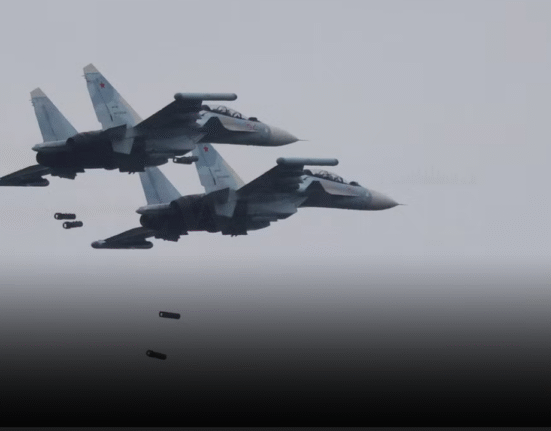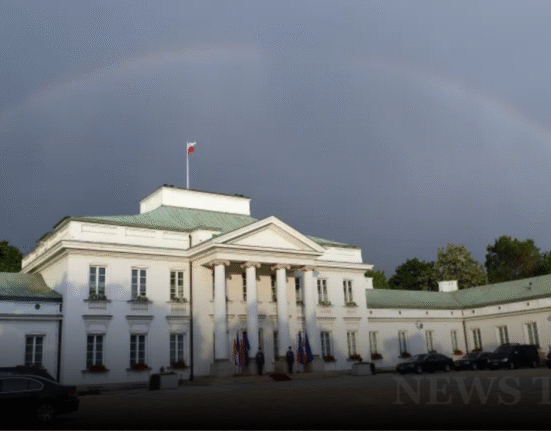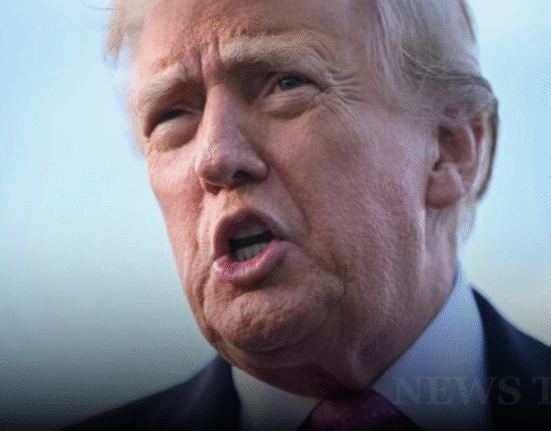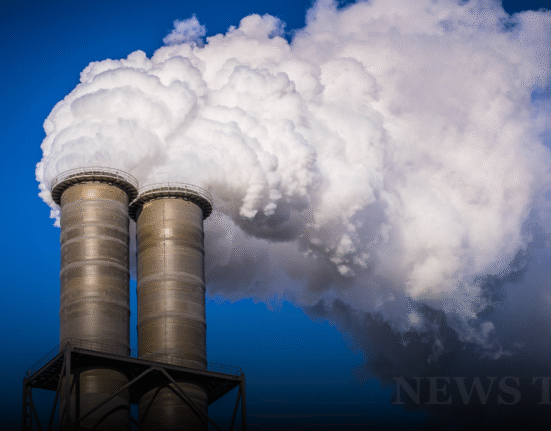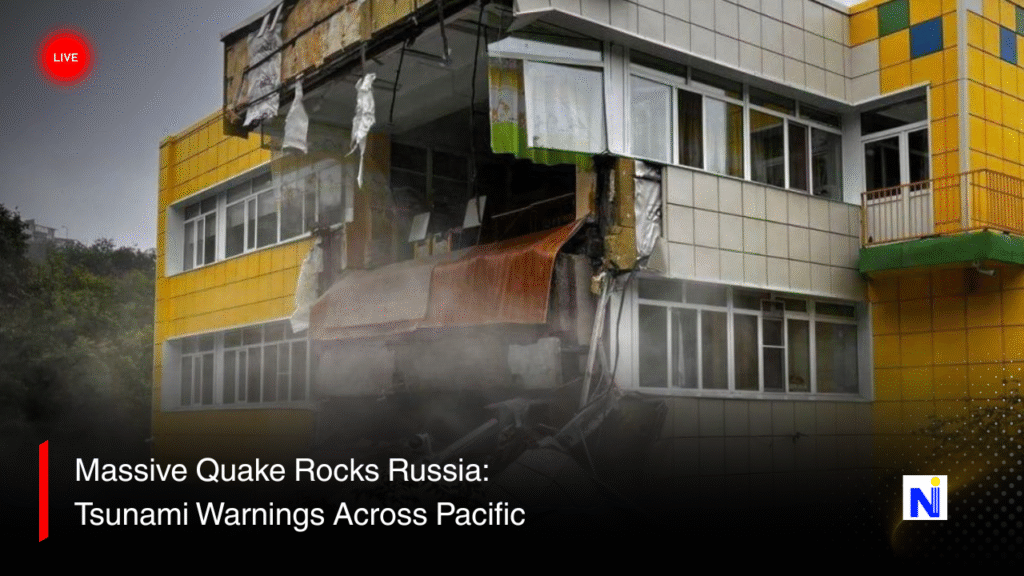
The Earth Shakes: 8.8 Quake in Russia’s Far East Sparks Widespread Tsunami Alerts
Wednesday, July 30, 2025, started like any other day along Russia’s Kamchatka Peninsula—until the ground began to rumble with a force not seen in over 70 years. A powerful magnitude 8.8 earthquake struck off the coast near Petropavlovsk-Kamchatsky, shaking homes, shifting the sea, and igniting a chain reaction of tsunami alerts across the Pacific, from Japan to Hawaii and even the U.S. West Coast.
For those who call this remote, volcanic corner of the world home, the fear was immediate and visceral. As tsunami waves measuring 3 to 4 meters slammed into shorelines, authorities scrambled to protect lives in a race against nature’s fury.
What Happened? Breaking Down the Earthquake and Tsunami Event
Location and Impact Zone
- Epicenter: 119 km east-southeast of Petropavlovsk-Kamchatsky
- Depth: 19.3 km (12 miles), categorized as a shallow quake — known to cause more surface damage
- Region Affected: Kamchatka Peninsula and wider Pacific basin
According to the Russian Academy of Sciences, this is the strongest quake to strike Kamchatka since 1952. With its shallow depth and proximity to populated areas, the shaking was felt intensely across the region.
Damage and Injuries
- Buildings in Kamchatka cracked and swayed; a kindergarten was damaged.
- Several injuries reported, including individuals hurt during evacuation attempts.
- One woman injured in a newly opened airport terminal.
- A fish processing plant in Severo-Kurilsk was flooded and boats were swept out to sea.
- Power outages were reported across the Sakhalin region due to damaged grid infrastructure.
Kamchatka Governor Vladimir Solodov stated in a Telegram video post, “Today’s earthquake was serious and the strongest in decades of tremors.”
Aftershocks
Following the main 8.8 quake, a series of strong aftershocks rippled through the region, including one measuring 6.9. While not as intense, these tremors added to the anxiety and complexity of ongoing rescue and safety efforts.
Tsunami Alerts Ripple Across the Pacific
Japan’s Coastal Towns on High Alert
- Tsunami waves up to 60 cm were recorded along Japan’s eastern coastline.
- Evacuation orders were issued for tens of thousands.
- The Fukushima nuclear plant, infamous for its 2011 meltdown, was evacuated as a precaution.
- Fishing fleets headed out to sea to avoid damage, and factories including Nissan suspended operations.
Chief Cabinet Secretary Yoshimasa Hayashi reported no injuries or damage as of yet.
Hawaii Responds Swiftly
- Sirens wailed and residents were instructed to head to high ground or upper floors.
- The U.S. Coast Guard ordered ships to evacuate harbors.
- President Donald Trump confirmed the national alert, stating, “A Tsunami Warning is in effect for those living in Hawaii.”
- Live cams showed eerily empty beaches, a chilling contrast to Waikiki’s usual bustle.
U.S. and Pacific Coast Monitoring
- The U.S. Tsunami Warning Center flagged potential wave heights over 3 meters in Russia, Northern Hawaiian islands, and Ecuador.
- Wave estimates of 1–3 meters were issued for Chile, the Solomon Islands, and the broader Pacific Rim.
The Ring of Fire: Why This Keeps Happening
The Kamchatka Peninsula sits squarely on the Pacific Ring of Fire, a volatile horseshoe-shaped zone responsible for 90% of the world’s earthquakes. This region is where tectonic plates collide, slide, and subduct beneath one another.
Danila Chebrov, director of the Kamchatka Branch of the Geophysical Service, explained: “Due to the nature of this quake’s epicenter, the surface shaking was less than expected, but aftershocks will remain active. The situation is under control.”
Local Voices: Fear, Survival, and Community
“The shaking didn’t stop,” said Yaroslav, a 25-year-old resident of Petropavlovsk-Kamchatsky. “I thought the walls would come down. I ran out barefoot. It felt like forever.”
Social media from Japan and Russia showed families sheltering on rooftops, emergency services in motion, and streets eerily abandoned. The shared human instinct to survive echoed across time zones.
Lessons From the 2011 Japan Tsunami
Memories of the 2011 disaster are still raw in Japan. That quake and tsunami claimed nearly 20,000 lives. Today’s quake may not have reached those heights in destruction, but it served as a sobering reminder that the Pacific is a restless giant.
Key takeaways:
- Early warning systems are crucial.
- Coastal infrastructure must be resilient.
- Public preparedness can save lives.
International Response and Monitoring
- U.S. Geological Survey (USGS) and NOAA updated magnitude and issued ongoing bulletins.
- Russian Ministry for Emergency Services maintained updates on Telegram.
- Japan Meteorological Agency continues to track wave activity.
- Global seismologists are watching for aftershocks and shifts.
Global Agencies and Key Sources
| Agency | Role | Updates |
|---|---|---|
| USGS | Seismic monitoring | usgs.gov |
| NOAA | Tsunami alerts | tsunami.gov |
| Russian Academy of Sciences | Local analysis | ras.ru |
A Planet in Motion
While no major fatalities have been reported, the 8.8 quake near Kamchatka is a powerful reminder that nature’s forces operate far beyond our control. From local towns in Russia to beaches in Hawaii, the impact of this event was felt by millions.
Stay safe, stay prepared, and stay informed. Share your thoughts in the comments—how would you respond if you heard a tsunami siren today?


